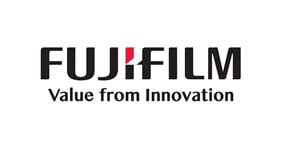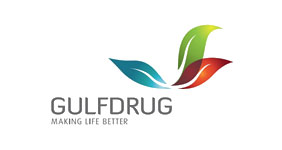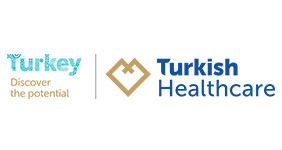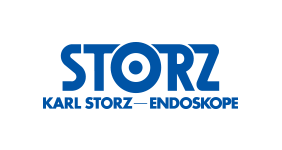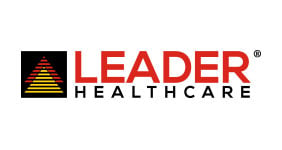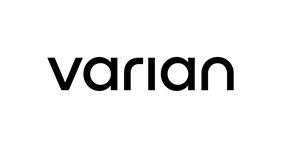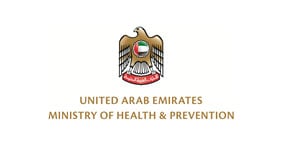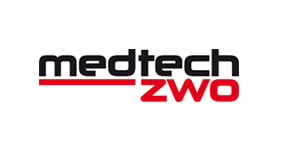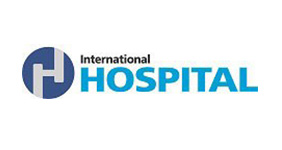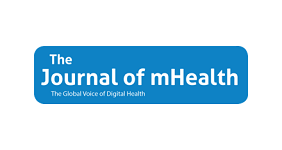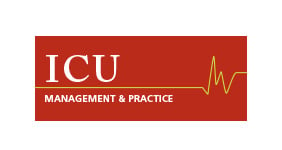Technology: accelerating innovation across healthcare
The road towards personalised
medicine and connected care
The pace of digital innovation in healthcare has accelerated exponentially over the past decade. For anyone keenly observing technology-based innovation from afar, with a wider view on the industry, they will have seen that particularly during tougher economic times, entrepreneurs, researchers and scientists work harder than ever to provide innovative solutions for more efficient healthcare delivery. Economic strain equals cost savings, and cost savings often require solutions that come from thinking out of the box.
Enhancing healthcare through innovation
According to Stephen Bonner, who was the former CEO and President and is now a strategic advisor at Cancer Treatment Centres of America, healthcare innovations can be analysed in three dominant categories. The first, according to Bonner, is that science and technology innovation are moving at a faster pace than ever before, and at very transformational levels.
Technology as an agent for transformation
Technology is transforming all areas of healthcare as systems all over the world move towards value over volume. As Synapse Medical Business Development, Director Thom Soutter, explains, “Technology is at the forefront of any lean innovation that is required to disrupt outdated models that are costing healthcare spend, and innovation and telehealth advancements cannot come soon enough.” As a provider of medical administration services, Synapse is at the forefront of providing cutting-edge technology that is transforming the healthcare administration sector today.
The role of artificial intelligence (AI)
Improving clinical outcomes with the use of Artificial Intelligence (AI) is captivating the healthcare industry worldwide, both from the perspective of diagnosis and disease management, as well as for governments, tech companies and healthcare providers who are willing to invest and test AI-powered solutions. There appears to be a paradigm shift to healthcare that is led by the increasing availability of healthcare data and rapid progress of analytics techniques, and AI is at the centre of this.
Forging ahead with 3D printing
According to Michael Gelinsky from the University Hospital and Medical Faculty at the Technische Universität Dresden in Germany, probably the fastest growing field in 3D printing applications in medicine is currently that of 3D models for medical education and surgical planning. Gelinsky explains that the logical next step after printing anatomical and surgical models is to fabricate patient-specific implants and devices...
New opportunities with wearable technologies
Touted as the future of healthcare, innovation in the wearable technology sphere is immeasurable. With the invention of new devices every day and the increasing adoption of wearable technologies in the world of regulated medical devices, wearables are becoming more and more specific, tailored to specific needs. From heart rate biosensors and sensors placed under the skin to monitor glucose levels, to electronic smart hearing aids and activity trackers...
Taking to the skies with drones
Currently, health services and medical resources in underserved communities are limited to motor transportation and face-to-face interactions; however, drones are being explored as a feasible option in providing these services in a more efficient manner (Wulfovich et al., 2018). Current research has explored the use of drones for natural disaster relief, search and rescue missions, and transfer units. However, there is limited research on how drones could be used as telemedicine and transfer units.
Getting creative with telemedicine
According to data from GSMA, by Q2 2017, two-thirds of the world’s population (or five billion unique subscribers) were connected by mobile. By 2020, this figure is expected to increase to almost 75% of the global population. It is also estimated that developing markets will account for the largest share of new mobile subscription growth over the forecast period with 40% of new subscribers stemming from five markets: India, China, Nigeria, Indonesia, and Pakistan.
Virtual reality (VR) for healthcare
A recent report by Grand View Research has predicted that the global Augmented Reality (AR) and Virtual Reality (VR) in healthcare market will reach US$ 5.1 billion by 2025. The growing adoption of VR in the medical field, increasing investments in such emerging technologies, and constant developments in healthcare IT are some of the key factors responsible for growth of this market.
Conclusion
Healthcare facilities, medical device manufacturers and service providers across the globe are facing increasing pressure to innovate in order to become competitive and to offer new and improved treatments to patients. Indeed, as innovation in healthcare appears to take many forms – from drug discovery, surgical discovery, device and service improvement, to professional training and patient education – measuring its overall impact on quality improvement in healthcare can be challenging.













